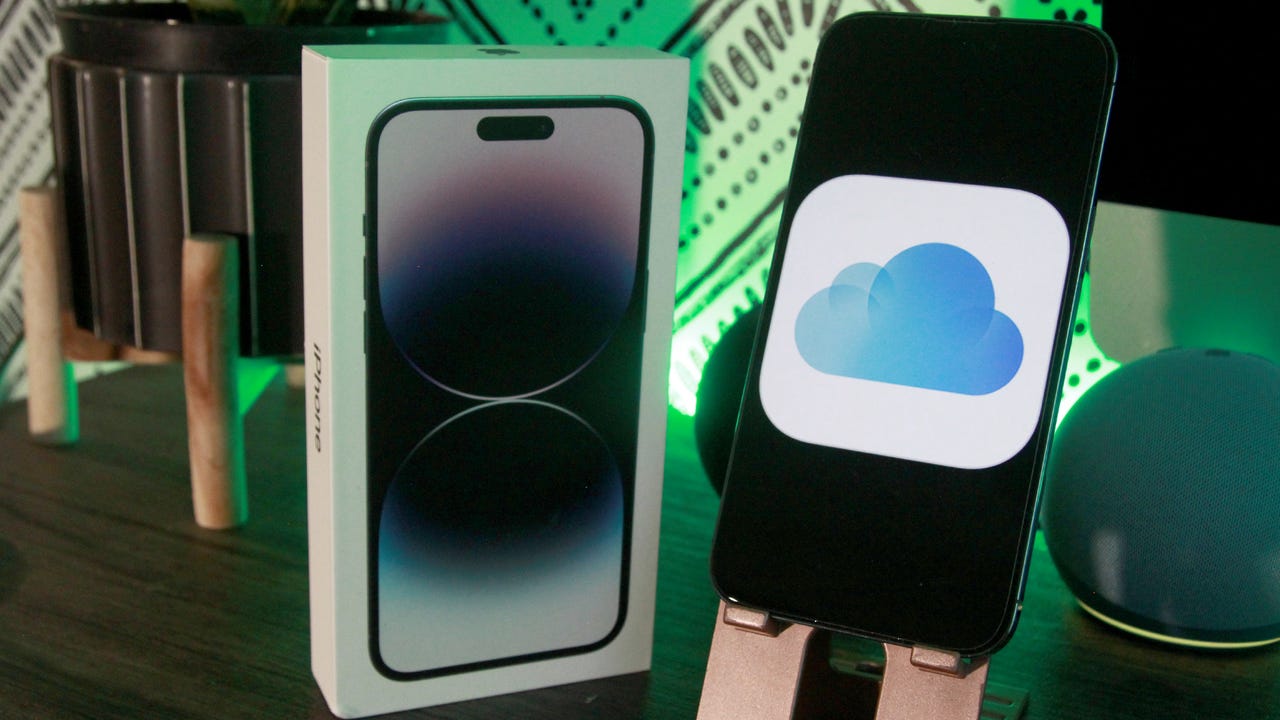'ZDNET Recommends': What exactly does it mean?
ZDNET's recommendations are based on many hours of testing, research, and comparison shopping. We gather data from the best available sources, including vendor and retailer listings as well as other relevant and independent reviews sites. And we pore over customer reviews to find out what matters to real people who already own and use the products and services we’re assessing.
When you click through from our site to a retailer and buy a product or service, we may earn affiliate commissions. This helps support our work, but does not affect what we cover or how, and it does not affect the price you pay. Neither ZDNET nor the author are compensated for these independent reviews. Indeed, we follow strict guidelines that ensure our editorial content is never influenced by advertisers.
ZDNET's editorial team writes on behalf of you, our reader. Our goal is to deliver the most accurate information and the most knowledgeable advice possible in order to help you make smarter buying decisions on tech gear and a wide array of products and services. Our editors thoroughly review and fact-check every article to ensure that our content meets the highest standards. If we have made an error or published misleading information, we will correct or clarify the article. If you see inaccuracies in our content, please report the mistake via this form.
How to buy more iPhone storage

ZDNET Recommends
Getting a new pet or having a kid are two events that are certain to make a difference in your iPhone's storage space.
As soon as a squishy little creature, furry or not, enters your home, you can kiss all your free storage goodbye, and just watch as your Photos app gets filled with new memories.
However, where there's a will, there's a way. If you'd like to keep your data at your fingertips and want to buy more storage for your iPhone, you have the option to go with cloud servers, through an iCloud+ or OneDrive subscription.
Also: How to clear the cache on your iPhone (and why you should)
How to buy more iPhone storage with iCloud+
1. Open your iPhone settings
Go to your iPhone Settings app to access your iCloud account.
2. Tap on your name
Your name should be at the top of your screen in the Settings app. Tap on your name.
3. Tap on iCloud
This is where all your iCloud settings can be found. Tap on iCloud to see the amount of iCloud storage you've used so far, if any.
4. Scroll down to Upgrade to iCloud+
If you've never upgraded to iCloud+, the prompt to do so should be available when you scroll all the way down to the end of your iCloud settings.
After that, simply tap on Buy More Storage or Change Storage Plan.
5. Choose an iCloud+ subscription
If you're going to pay to add more storage for your iPhone, make it count. Apple offers three iCloud+ plans to help you upgrade your storage space to cloud servers, so you never have to worry about potentially losing meaningful photos and videos if you ever lose your phone or it becomes damaged.
The different iCloud+ plans are laid out below, but keep in mind that you can also get 200GB of storage with an Apple One plan.
| Free | $0.99/month | $2.99/month | $9.99/month |
| 5GB of storage | 50GB of storage | 200GB of storage | 2TB of storage |
| - | iCloud Private Relay | iCloud Private Relay | iCloud Private Relay |
| - | Hide my email | Hide my email | Hide my email |
| - | Custom email domain | Custom email domain | Custom email domain |
The Apple One plan features 50GB, 200GB, or 2TB of iCloud storage, plus Apple Music, Apple TV+, and Apple Arcade, with options for Apple News+ and Fitness+. Prices range from $16.95 to $22.95 and $32.95 monthly. Our family likes the extra TV and music perks, so the $22.95-per-month plan is a good fit for us.
Though I have the Apple One plan, I can still upgrade for extra iCloud storage.
FAQ
How can I buy more iPhone storage with OneDrive?
Though iCloud+ is Apple's proprietary cloud service, you can also expand your iPhone storage through a OneDrive subscription, which is what I prefer to do.
A Microsoft 365 Family subscription for $99.99 not only gives you and household members access to Microsoft Office apps, like Outlook, Word, Excel, PowerPoint, and Teams, but it also includes 1TB of OneDrive storage per person for up to six people.
Once you have your subscription set up, simply download the OneDrive app from the Apple App Store to begin uploading your iPhone camera roll to OneDrive. You can even turn on Bedtime Backup to have OneDrive automatically back up your new photos and videos when your phone is connected to power while you sleep.
How can I avoid paying for more storage?
To avoid paying for cloud storage when your iPhone is full, you can always go through your phone and delete anything that you don't need any more or any apps that you aren't using. It may also be time to back up your iPhone to a Mac, for example, to offload photos and videos, while keeping them safely stored. Another way to avoid paying for more storage is to make sure you're taking advantage of your free iCloud space.
When you first buy an iPhone or other Apple product, you set up an Apple ID. This is your Apple account that contains all your information, settings, contacts, app history, and even your subscriptions -- it's all in one place. Your Apple ID gives you access to 5GB of free iCloud storage for anything from photos and videos to files and app data.
If you go to your iPhone's settings and tap on your name at the top, you can access your iCloud settings and see how your iCloud storage is being used.
What's the difference between device storage and cloud storage?
Internal storage or device storage is the finite amount of storage space included within your device. iPhones come with a set amount of storage, like 128GB, 256GB, 512GB, and 1,024GB. This means that once all this storage space is full, the new photos and videos will have nowhere to go, so you'll need to do something about it, either delete data or upgrade to a cloud subscription. Device storage also means that you can only access your photos and videos using that device.
Cloud storage, on the other hand, is when data is stored on a company's cloud servers and typically involves a subscription, like iCloud+. Cloud storage means that your data can be uploaded from your iPhone to the cloud using your account, and you can delete it from your phone or keep low-quality versions of it that occupy less device storage.
Can I expand iPhone storage?
Unfortunately, you can't expand the iPhone's internal memory with a flash card. The only way to expand the storage on your iPhone is to use a cloud service like iCloud+ or OneDrive, or by upgrading to a newer iPhone with more storage.
